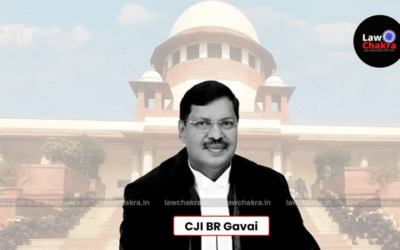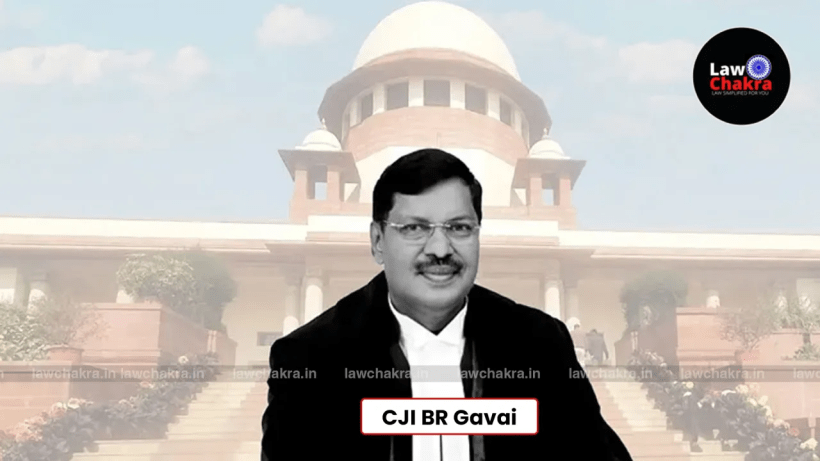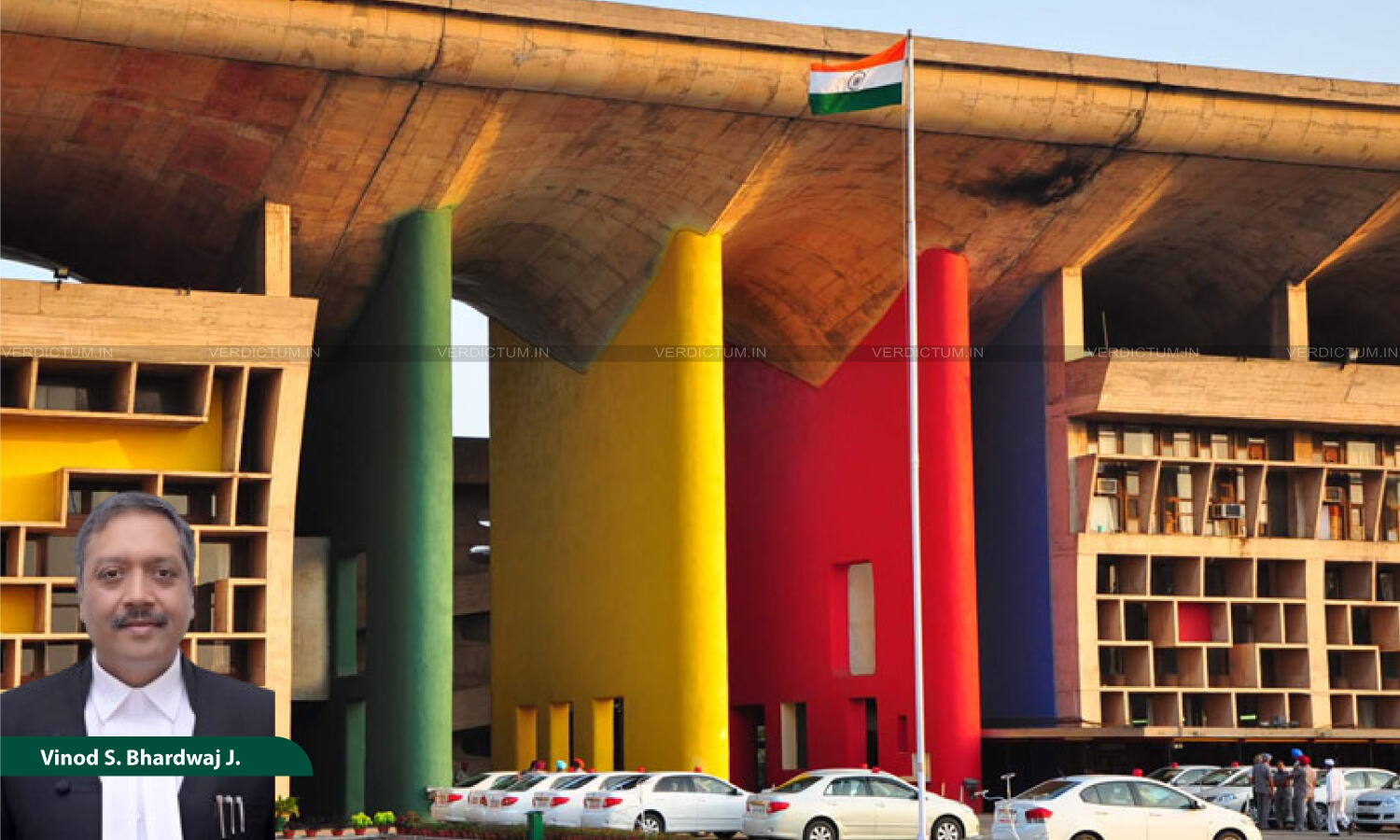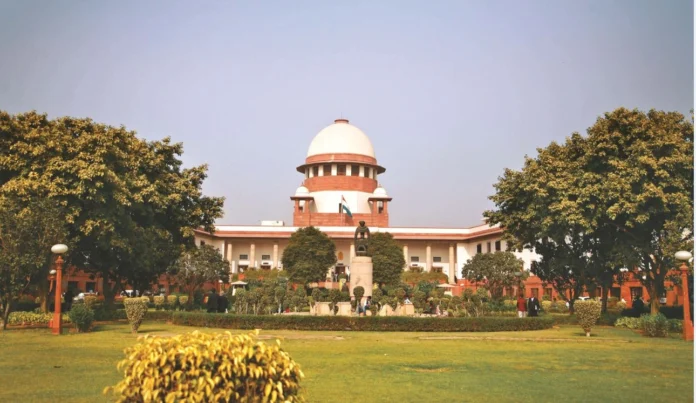Administrative Tribunals Can Only Review Their Decisions Within The Bounds Applicable To Civil Courts Under CPC: J&K High Court
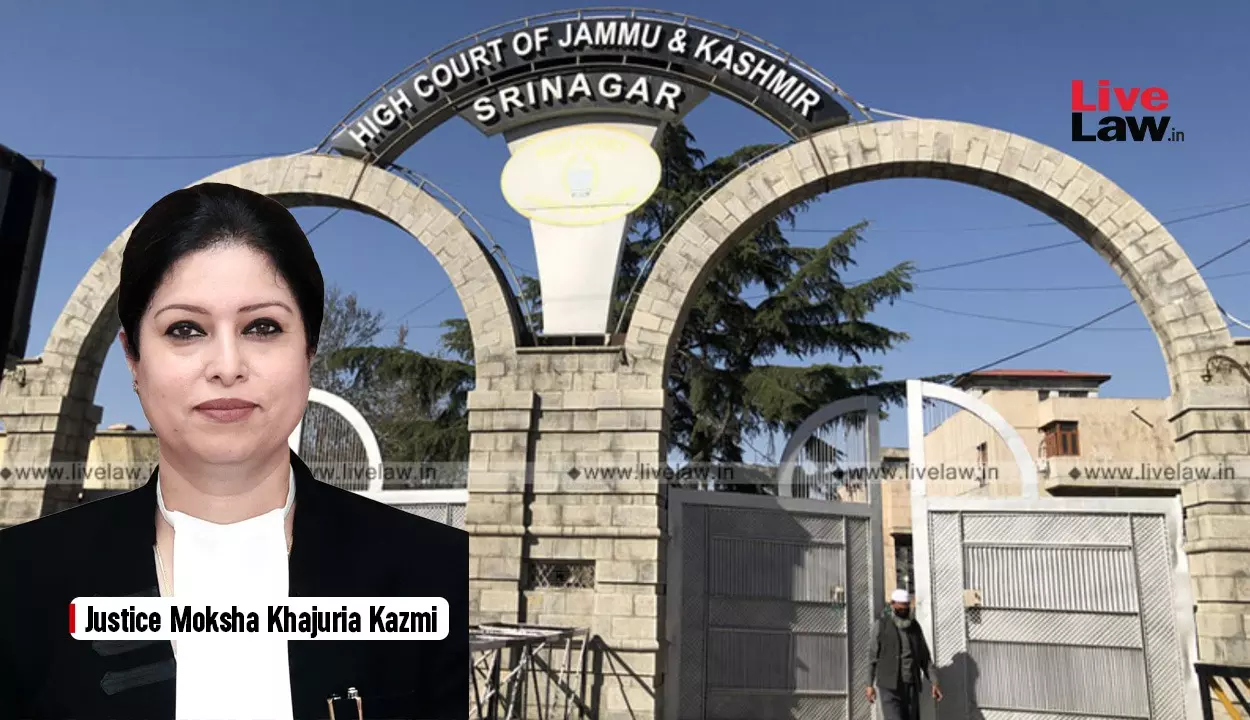
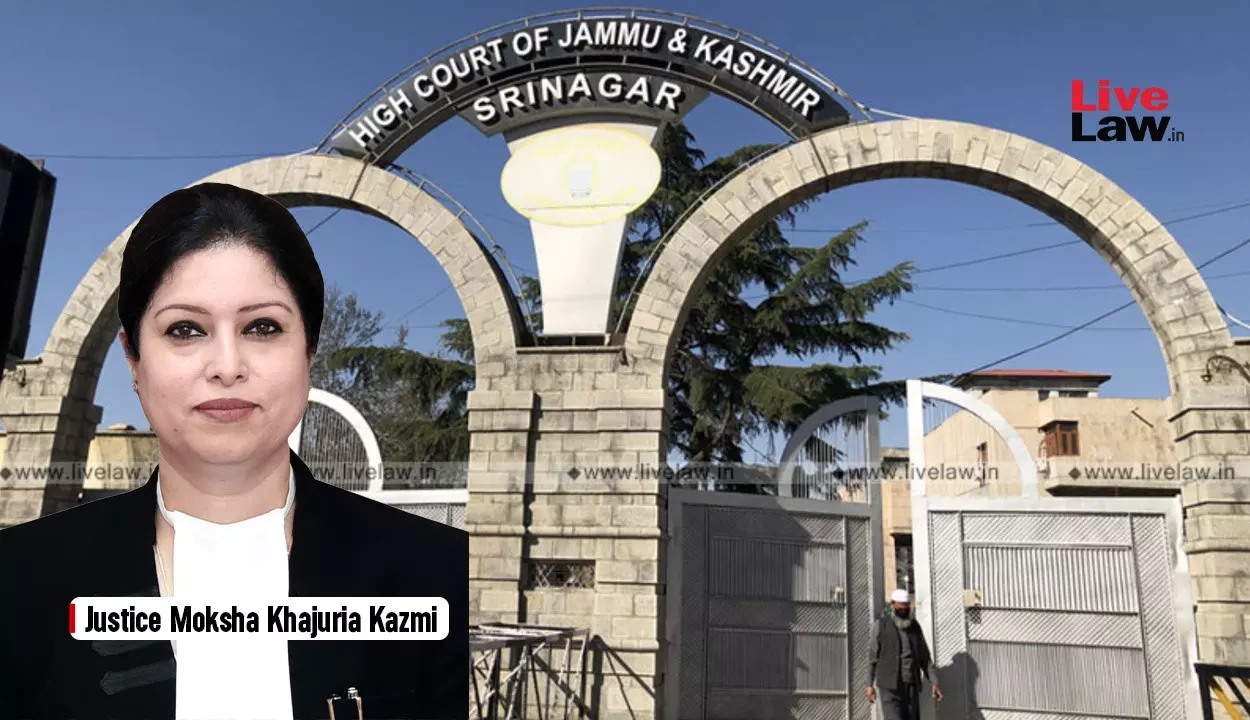
Ruling on the scope of judicial review powers of statutory tribunals, the High Court of Jammu & Kashmir and Ladakh held that a tribunal constituted under the Administrative Tribunals Act can only review its decision within the bounds applicable to a civil court under Section 114 read with Order 47 Rule 1 of the Code of Civil Procedure.
Justice Moksha Khajuria Kazmi, while dismissing a writ petition against an order of the J&K Special Tribunal, observed,
“Since the Tribunal’s power to review its order/decision is akin to that of a Civil Court, the statutorily enumerated and judicially recognized limitations applicable to a Civil Court’s review powers would also apply to the Tribunal under Section 22(3)(f) of the Act.”
These observations came in a writ petition filed by Ravinder Singh and others, long-time residents of Jammu, challenging the order passed by the J&K Special Tribunal. The Tribunal had earlier dismissed an appeal filed by respondent no.5 (Om Parkash) for raising unauthorized commercial construction in violation of the sanctioned building plan. The construction had allegedly encroached upon permissible ground coverage and violated the required setbacks as per the J&K Control of Building Operation Act, 1988.
The Tribunal, in its original order, had held that the violations were major and non-condonable, making the appeal liable to dismissal. However, following a rehearing on an application filed by respondent no.5, the Tribunal modified its order, directing the municipal authorities to reassess the construction violations “vis-à-vis norms” and not strictly in terms of the sanctioned plan. It also allowed consideration of existing building lines in the neighborhood.
The petitioners contended that the Tribunal had no legal authority to rehear or review its own final decision, especially without any statutory provision enabling such review.
Addressing the content of the maintainability of the petition by the respondents the Court found the petition not maintainable as the petitioners were not parties to the appeal before the Tribunal. Furthermore, the court noted that the impugned order merely directed the municipal authorities to reassess construction violations in the area, without initiating any immediate action against the petitioners. The Court noted that no cause of action had arisen yet, and any apprehended harm was speculative.
Justice Kazmi clarified,
“The writ, on mere apprehension, is not maintainable, unless there is material on record to indicate that the adverse action is imminent or there is real threat of invasion of rights of the petitioners. In the instant case, nothing of this sort has been placed on record.”
Delving into the substantive question of law as to whether a Tribunal constituted under the provisions of the Administrative Tribunals Act can review its own decision Justice Kazmi undertook a detailed examination of Section 22 of the Administrative Tribunals Act. It noted that while tribunals are not bound by the CPC, they are empowered with the authority akin to a civil court, including the power to review under Section 22(3)(f).
Citing Kapra Mazdoor Ekta Union v. Birla Cotton Spinning & Weaving Mills Ltd. and Grindlays Bank Ltd. v. Central Govt. Industrial Tribunal, the Court reaffirmed that the power of procedural review may be exercised in cases of fundamental procedural lapses. However, a review on merits must be confined to the grounds available under Order 47 Rule 1 CPC ie discovery of new evidence, error apparent on the face of the record, or other sufficient cause.
In this context, the Tribunal’s reconsideration was held justified as it was based on newly discovered material photographs showing comparative setbacks in the vicinity which were not produced earlier.
“Coming to the present case, admittedly, the Tribunal has passed the impugned order reviewing its earlier decision on the basis of newly discovered evidence, specifically, the production of photographs by Respondent No. 5. Therefore, it can be safely stated that the Tribunal was justified in reviewing its earlier order,” the Court observed.
Accordingly, the High Court dismissed the main writ petition for lack of maintainability and found no legal infirmity in the Tribunal’s order of review.
Case Title: Ravinder Singh & Ors Vs Om Prakash & ors
Citation: 2025 LiveLaw (JKL)

